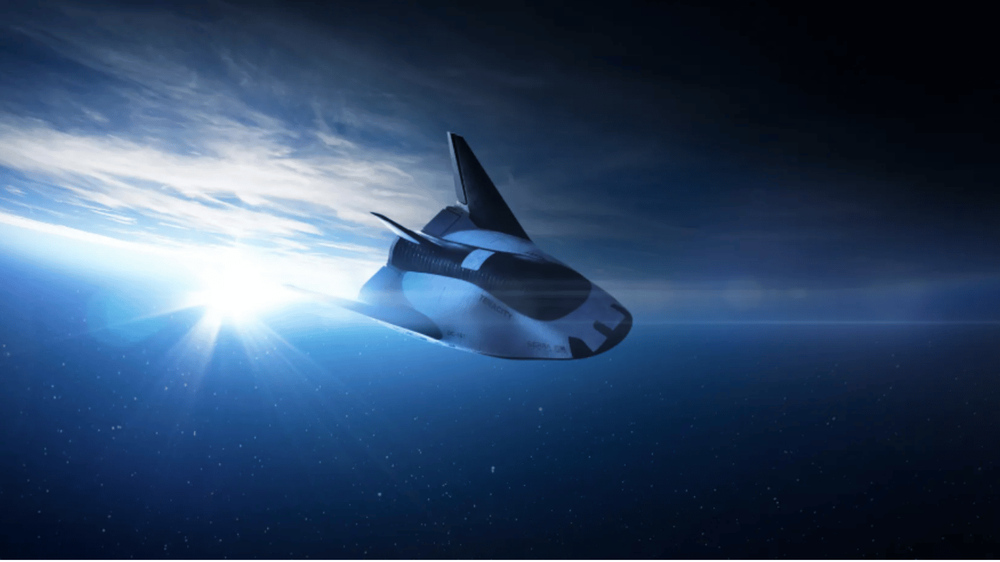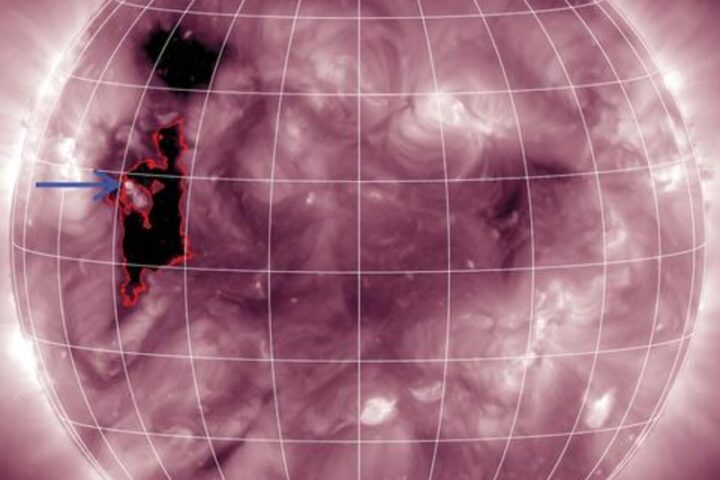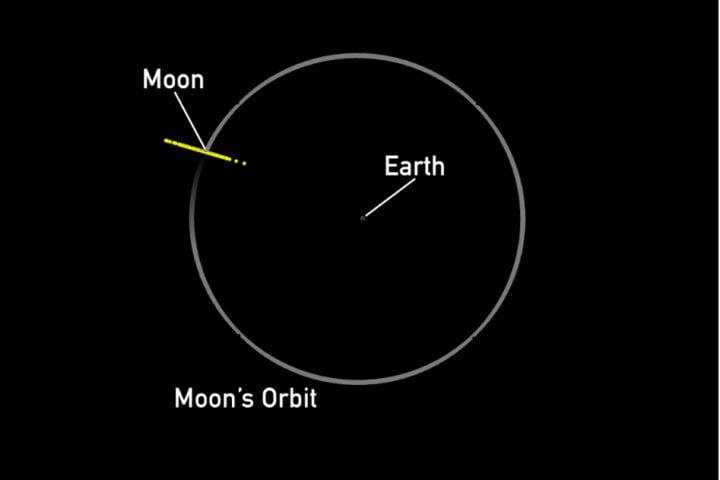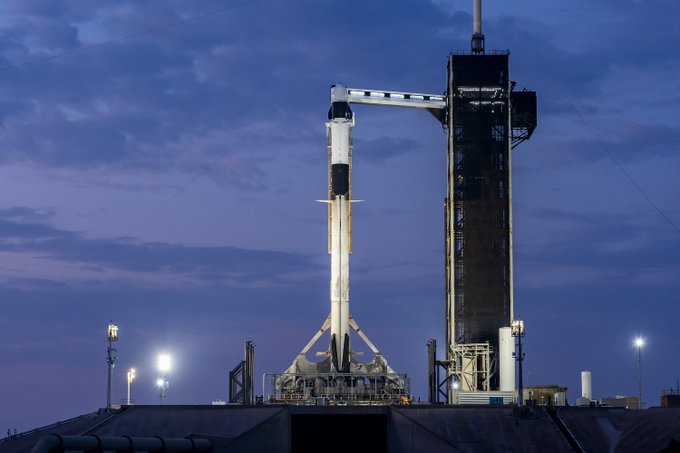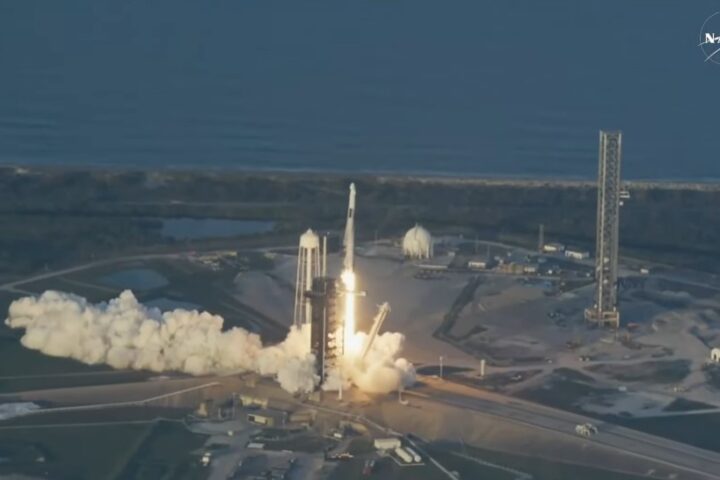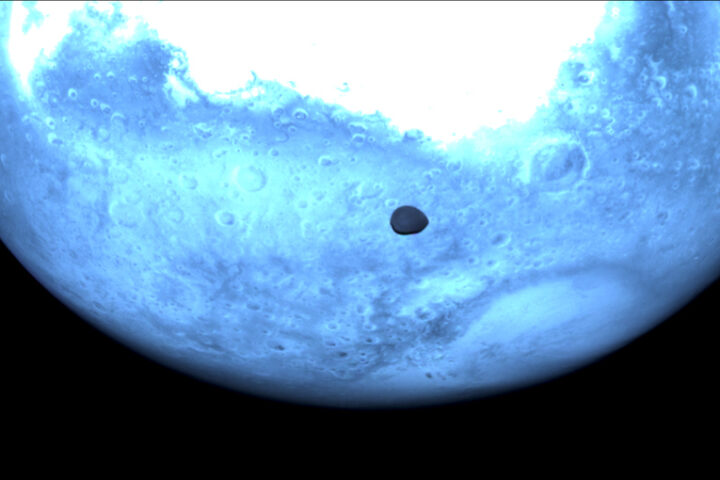In a landmark development in space exploration, Sierra Space Dream Chaser spacecraft, set to launch in 2024, marks a pivotal shift in the landscape of space travel and resupply missions. This feat not only epitomizes the evolution of spacecraft technology but also underscores the growing significance of commercial partnerships in space endeavors.
At the heart of this mission is the Dream Chaser spaceplane. Crafted in Louisville, Colorado, it represents a technological leap, being a reusable lifting body spacecraft derived from NASA’s HL-20. Its design allows for up to 15 reuse cycles, demonstrating an impressive feat of engineering efficiency.
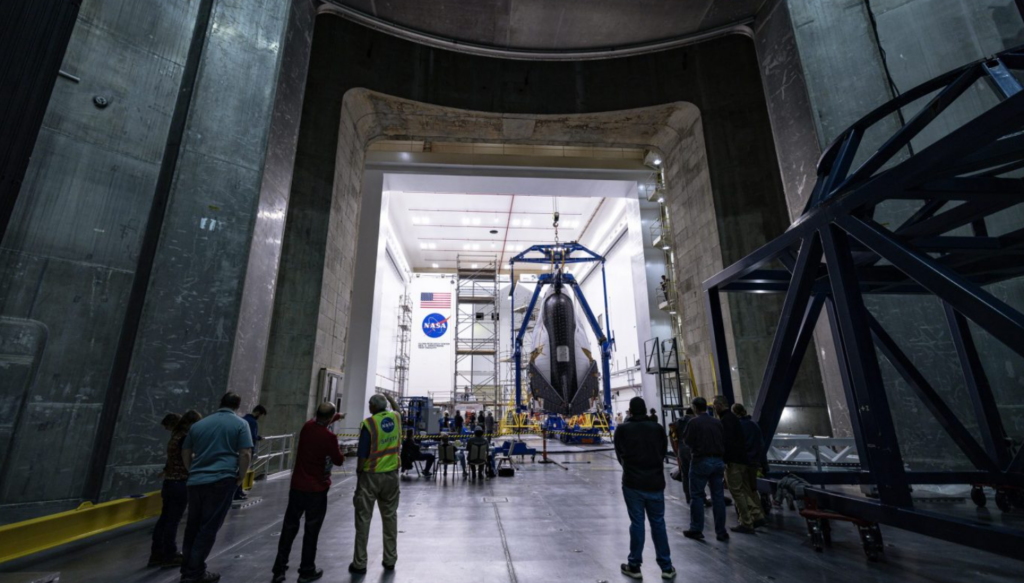
Accompanying Dream Chaser is the Shooting Star cargo module. This duo is tailored for delivering both pressurized and unpressurized cargo, with Shooting Star specifically handling disposal tasks. Interestingly, it’s a single-use module, contrasting with Dream Chaser’s reusable nature.
The mission’s launch is planned from Cape Canaveral aboard a ULA Vulcan Centaur rocket. Dream Chaser’s design incorporates folded wings to fit within a five-meter fairing, ensuring protection during ascent. The spacecraft’s solar arrays, crucial for its power needs, are deployed post-orbit.
The inaugural flight encompasses rigorous in-orbit testing to validate Dream Chaser for future missions. This process will be overseen from control centers across the United States, including NASA’s Kennedy and Johnson Space Centers and the Dream Chaser Mission Control in Colorado.
A series of demonstrations, both near and far from the International Space Station (ISS), will test capabilities like attitude control, translational maneuvers, and abort procedures. These are critical for ensuring safe operations near the ISS.
“At Sierra Space, we are ushering in the next industrial revolution with a business and technology platform that provides our customers with a complete turn-key solution offering space as a service. Our platform includes Dream Chaser, a revolutionary, highly reusable commercial spaceplane with global runway access, and the first business-ready commercial space station, leveraging the most advanced expandable structural architecture that will exponentially decrease the cost of product development and manufacturing in space.”
Tom Vice, CEO, Sierra Space
This maiden voyage involves delivering over 7,800 pounds of cargo to the ISS. Dream Chaser’s design promises future capabilities of staying attached to the ISS for up to 75 days and delivering up to 11,500 pounds of cargo. Remarkably, it can return over 3,500 pounds of cargo and samples to Earth.
Upon mission completion, Dream Chaser will demonstrate a unique landing capability. It will glide to a runway landing, reminiscent of NASA’s space shuttles, using 26 reaction control system thrusters for deorbit. Its landing approach is noteworthy, requiring specific weather conditions and offering a quick turnaround time from departure to landing.
Similar Posts
Sierra Space, previously known as Sierra Nevada Corporation, has been a pivotal player in this venture since its selection in 2016 under NASA’s CRS-2 contract. Their commitment extends beyond Dream Chaser to a broader vision of space commercialization.
CEO Tom Vice’s statement encapsulates this vision, emphasizing Sierra Space’s dedication to providing turn-key solutions in space as a service. This includes not only Dream Chaser but also their expandable space station technology, set to revolutionize space transportation and habitation.
Dream Chaser’s design breaks away from traditional spacecraft recovery methods, utilizing global commercial runways instead of ocean landings. Its high reusability, autonomous operations, and advanced propulsion system using green hydrogen peroxide set new standards in space logistics.
The spacecraft’s final testing phase is conducted at NASA’s Neil Armstrong Test Facility. This facility, part of NASA’s Glenn Research Center, offers state-of-the-art space simulation test capabilities, essential for preparing Dream Chaser for the harsh realities of space travel.
